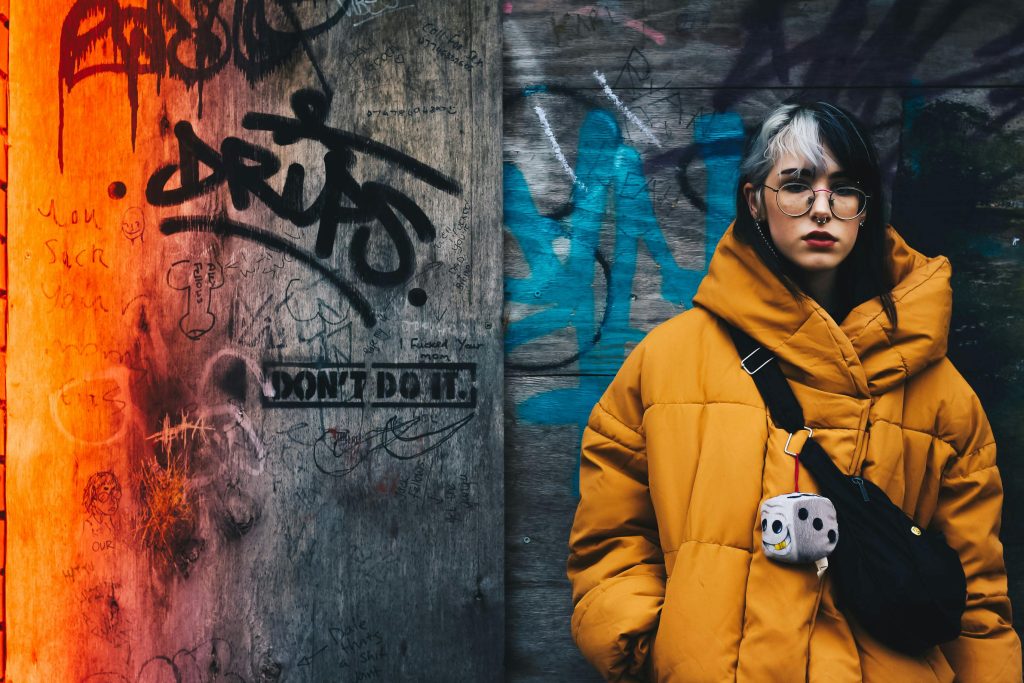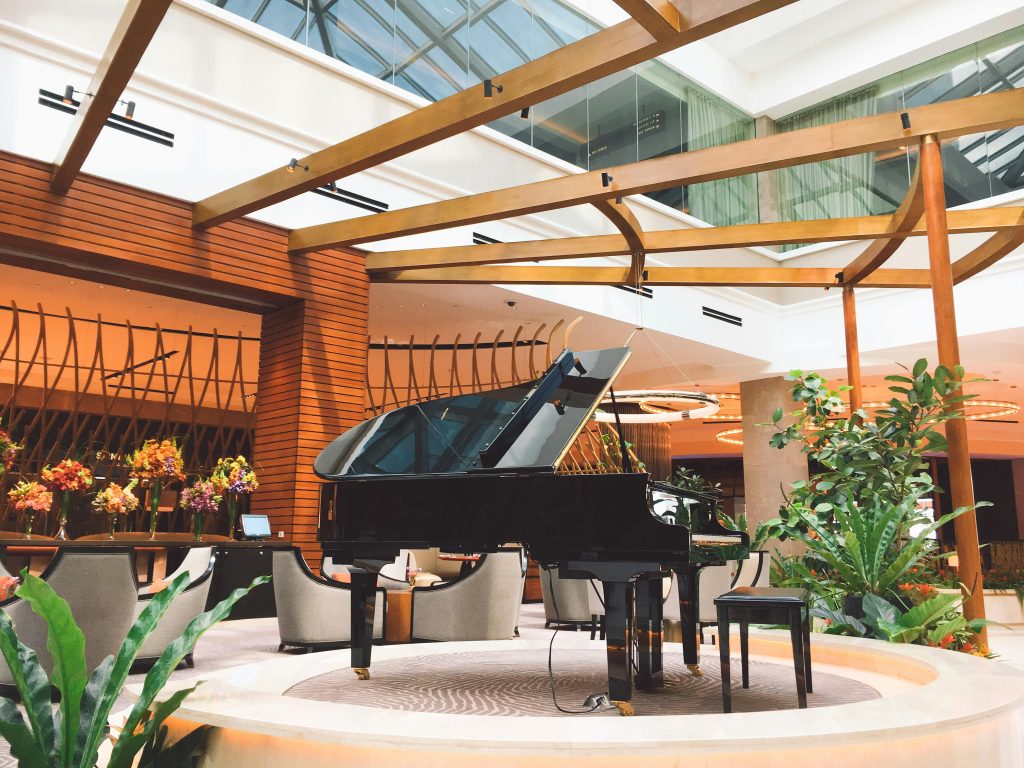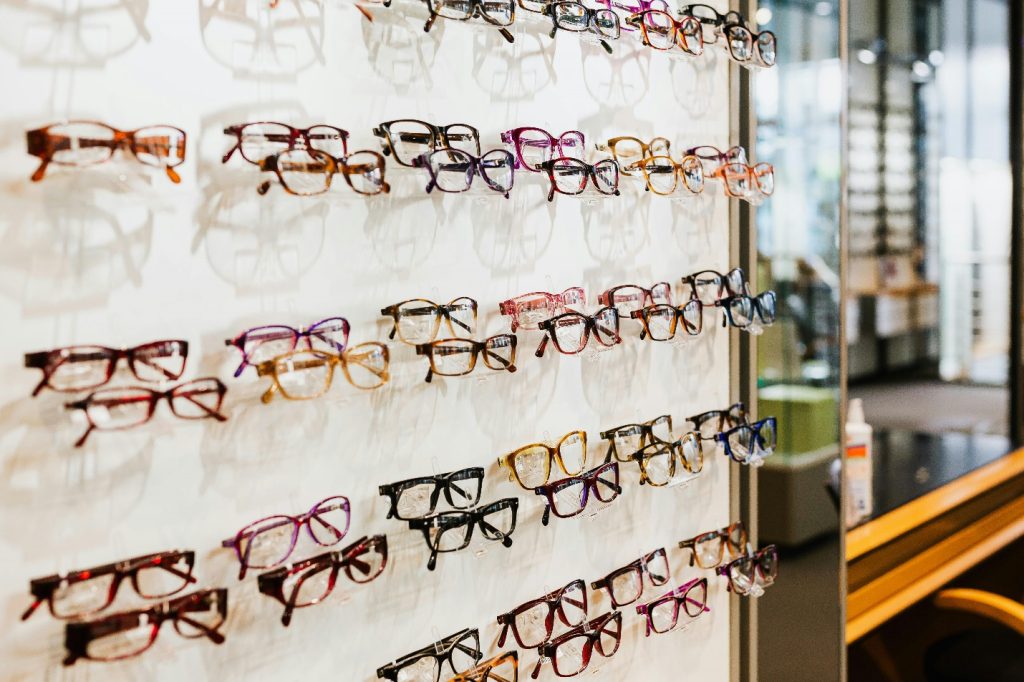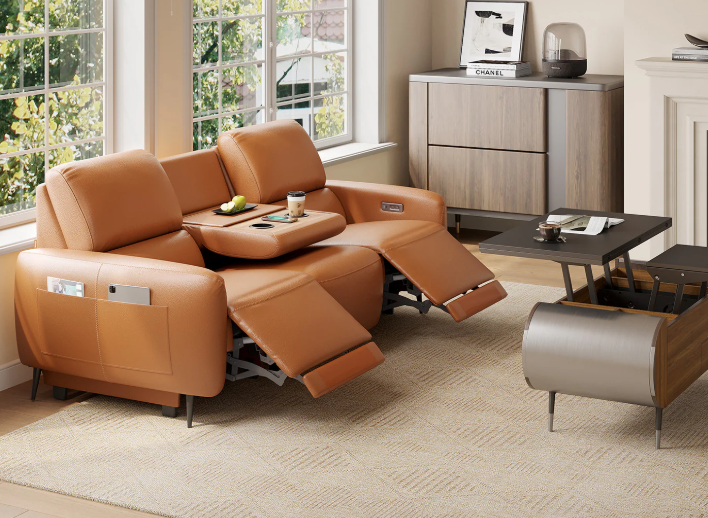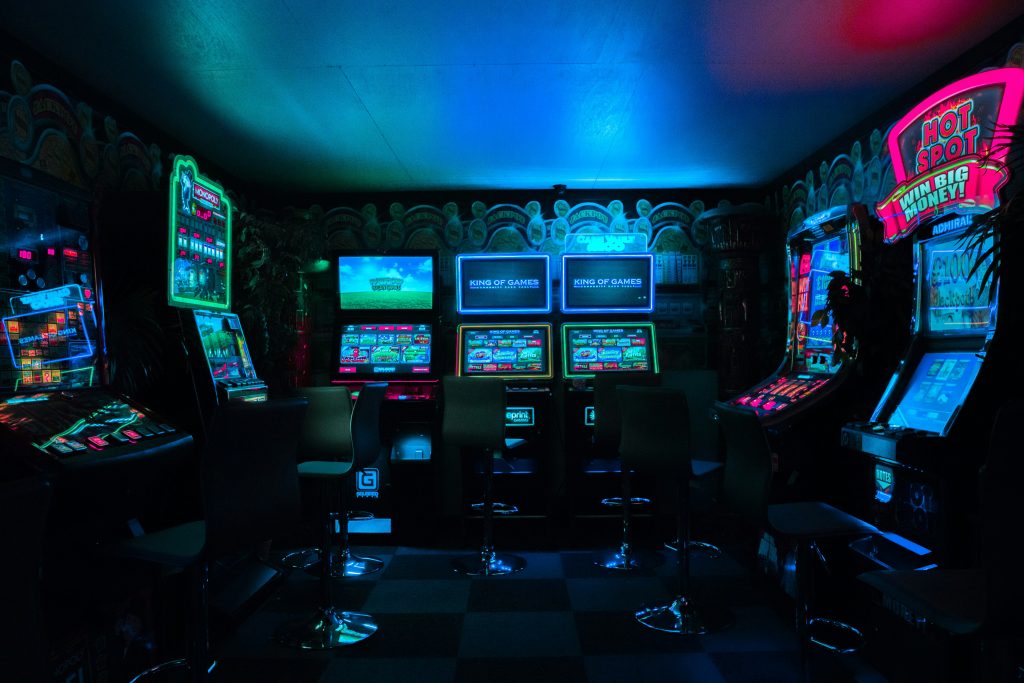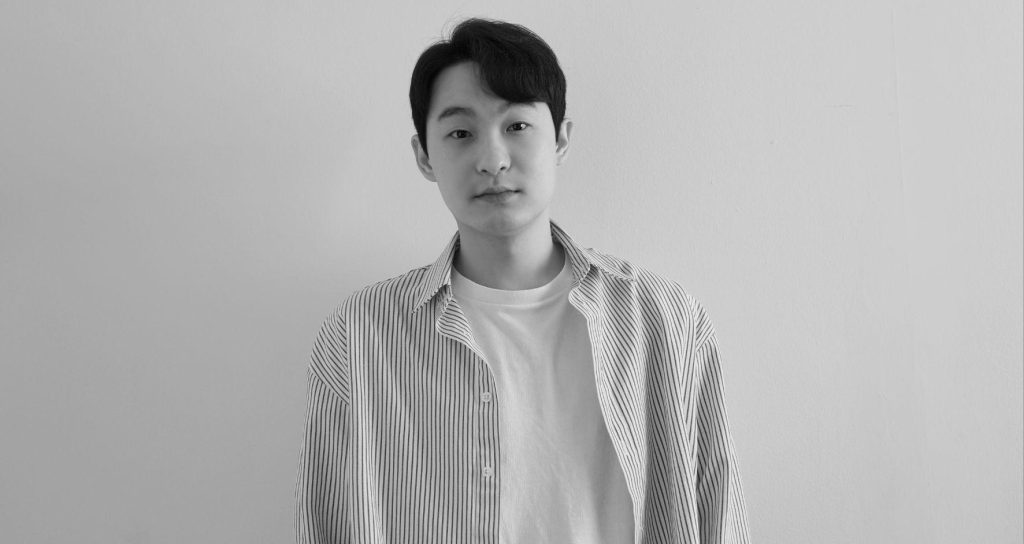The most talked-about fashion brands on the street right now don’t have a zip code. They don’t live behind glass displays or wait for foot traffic. They’re online, on sidewalks, on subway platforms, and showing up in posts before anyone sees a price tag. That’s not by accident.
Streetwear has always lived where the people are. But now, the best labels are turning that into a full-scale strategy. They’re finding ways to build demand, deliver drop after drop, and scale into cult status—without ever hanging a sign outside a physical space.
Why Stores Are No Longer the Flex
Owning a retail space used to be the milestone. Now, it’s more like a milestone of the past. For streetwear brands, physical stores slow the pace. They eat into margins. They need foot traffic that’s becoming harder to predict.
Online drops and limited runs offer more agility. Creators can test ideas fast, adjust based on real feedback, and move inventory without overproducing. Every collection becomes a moment. Every moment becomes a story.
Those stories aren’t being told under fluorescent lighting. They’re showing up in lookbooks, reels, Discord chats, and launch countdowns.
Direct-to-Fan Over Retail
The new model flips the old one. Instead of waiting for customers to find them, brands now find the fans first. They connect through micro-audiences, build through community, and sell through experiences.
Designers who once needed buyers to take a chance can now find their own following through:
- Personal drops that create scarcity and buzz
- Collaborations with underground artists, skaters, or stylists
- Pop-ups in shared spaces instead of long-term leases
- Pre-order models that help fund production without debt
- Drops that double as content events on TikTok and Instagram
More Brands, Fewer Barriers
A designer with a fresh idea can now build a following before printing a single tag. Platforms like Shopify, Etsy, and Depop let them open shops on their own terms.
The playing field has widened, but so has the competition. Brands win by standing for something clear and sharp. It might be a message, a vibe, or even just a fabric choice that lands well with their base.
The Craft Still Matters
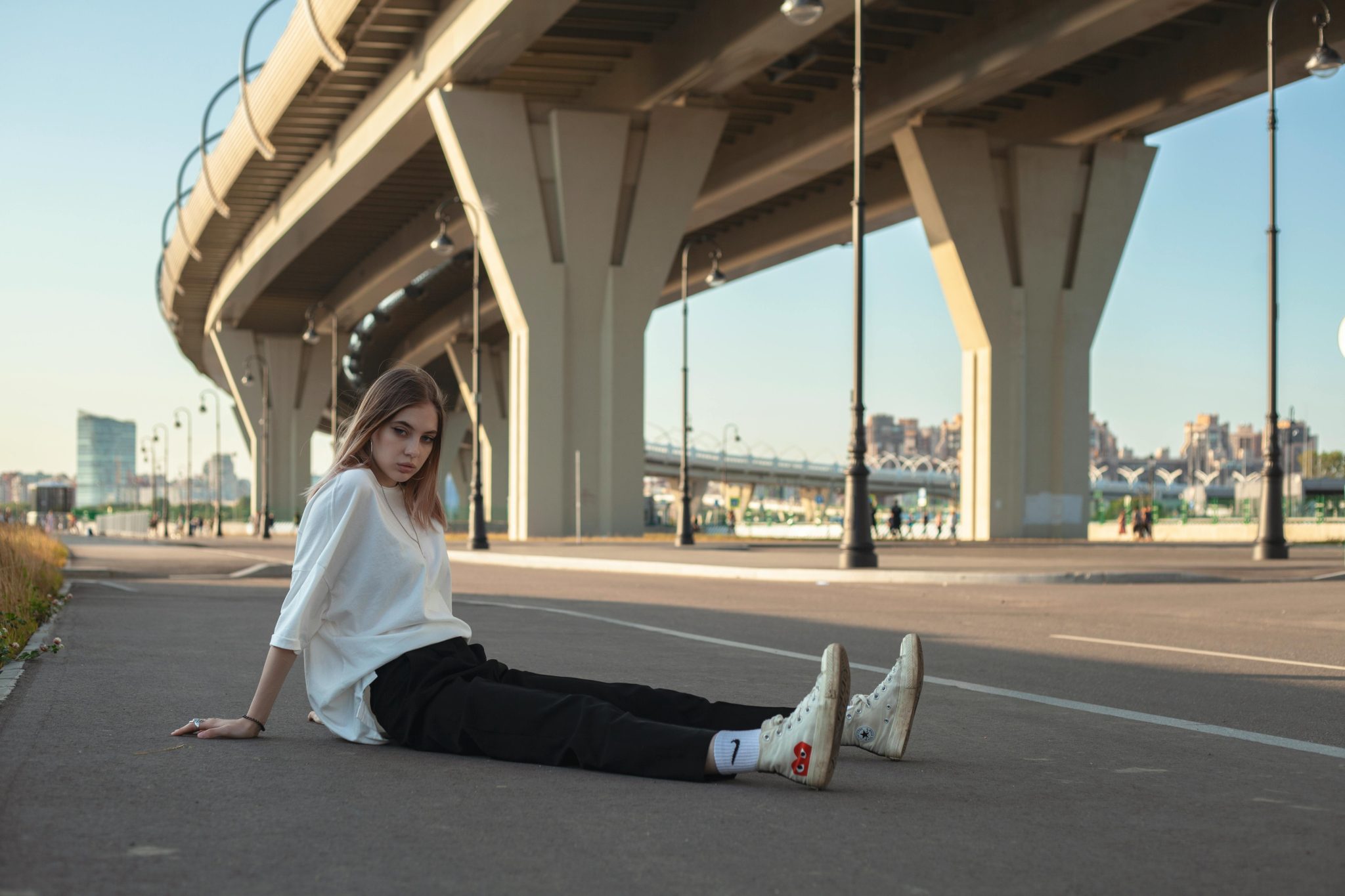
Just because the storefront’s gone doesn’t mean quality takes a back seat. If anything, the bar’s higher. People are less forgiving of sloppy fits or cheap printing when the order ships from a stranger’s basement.
That’s why more creators are investing in better blanks and tighter finishes early on. They know one piece worn in the right place gets more attention than a dozen posts.
To customize hoodies that move beyond promo gear, the details need to hold up. Weight, texture, stitching, and washing all matter.
The product can’t just look good online. It needs to survive in real closets.
Loyalty Without Location
People don’t need to see shelves to feel like they belong. What they want is gear that fits their identity. The best streetwear brands make that part feel personal.
That loyalty doesn’t grow through discounts. It grows through connection. A smart brand knows how to pull people in without shouting.
Whether through one-off drops or steady supply, they build trust by showing up where their fans are. No storefront required. No loss of polish.
The storefront model might be getting dusty, but the energy around these brands is anything but. They’re finding new ways to grow, speak, and sell—with fewer limits and more edge. That’s the streetwear shift. It’s already here.


